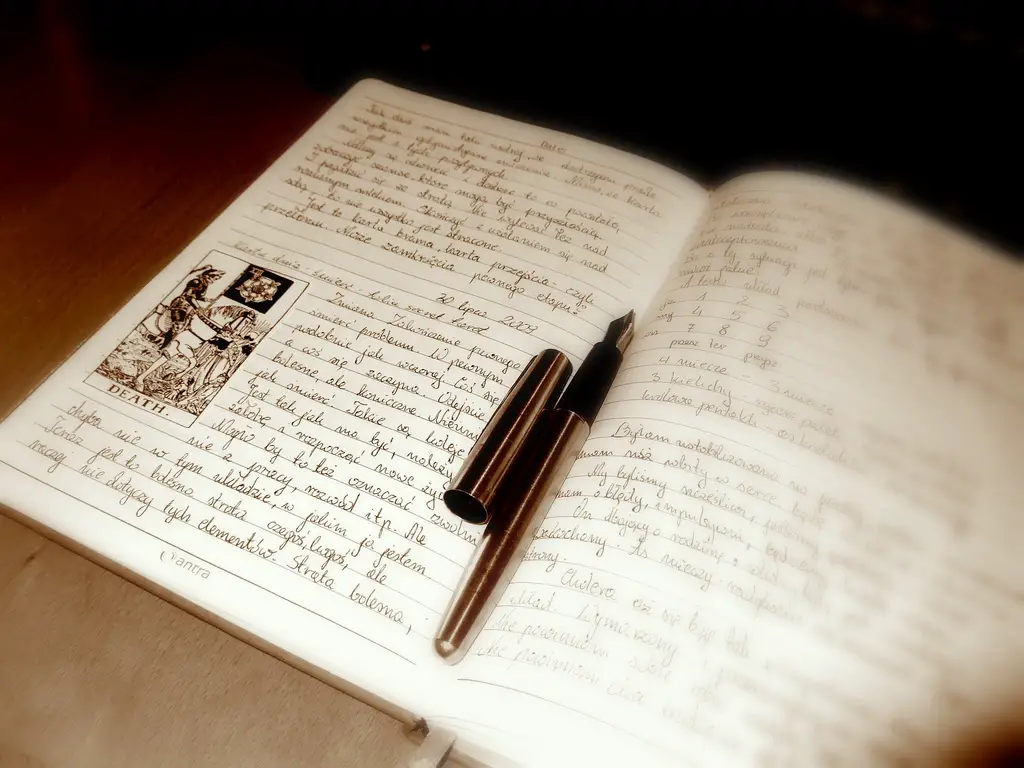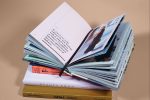You’re probably already familiar with the concept of journaling. You had to keep a notebook in English class, which would be used for answering and keeping track of writing prompts assigned by your teacher, as well as in science class to record the progression of an experiment. Seeing how passionate Harriet was about her spy log and the secrets it held in “Harriet the Spy” had you eager to start one of your own as a child.
Journaling is recording or compiling various occurrences, ideas, concepts, depictions, etc. onto a collection of paper. It’s ironic to even define journaling, because it’s completely up to each individual how they go about it. Some may like to take a chronological approach to writing, keeping track of their every day (and often every hour) lives, while others keep one solely for artistic purposes, and then again some use it to detail their traveling experiences. All of this is barely scratching the surface of the full scope of record taking.
If you take a look at history, you’ll find that some people’s journals have risen to popularity because of their usefulness in understanding the world we live in. Charles Darwin kept a journal while in the Galapagos Islands and filled it with drawings of the different animals as well as written accounts describing them. In his entries, he noted similarities and differences between animals of the same likeness. His entries helped him to develop his theory of evolution by natural selection, arguably one of the most important contributions to science. His articles are so important that an appeal has been launched to have the book returned to English Heritage after it was stolen more than thirty years ago.
For even the most creative person, journaling can be challenging. The freedom of turning blank pages into whatever you want them to be may be more debilitating than liberating for those who don’t know where to start. Here are four journals that are helpful for people who want to begin journaling, but need a head start.
1. “The Memory Hoarder’s Journal: For People Who Want To Remember Everything”
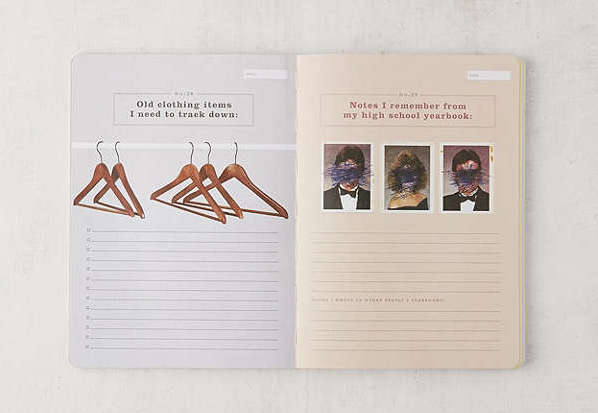
The easiest way to start is by recording everything you see and interact with on a daily basis. Beginners may not want to write paragraphs that explain these things in detail or to specify these things in shorthand and bulleted lists because of their lack of structure. “The Memory Hoarders Journal” solves these two issues by asking the owner to record specific things on a specific page. Each page is decorated in a way that reflects what the prompt is asking for, making the journal more colorful and helping the owner stay focused on the topic of the entry.
If you consider yourself a beginner, this book created by Jason Shapiro is a perfect fit. It doesn’t require much initial creativity from the owner, especially since the main purpose of the journal is to be a memory log. The process is simple: read the prompts posed on the pages and respond to them as plainly as possible. The creativity is in the responses themselves. The notebook is mixed with prompts that ask the reader to record ordinary things such as “what I ate for lunch,” as well as those on the more peculiar side such as “past bruises to remember,” forcing the response to be creative.
2. “The Steal Like An Artist Journal”
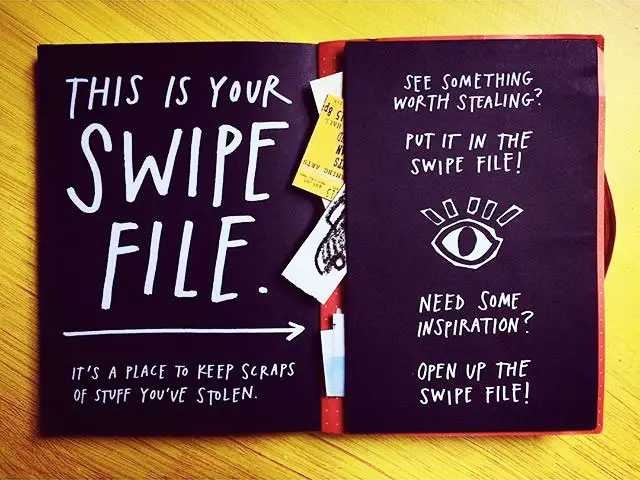
If you have a creative knack or would like to develop one, this one’s for you. It develops a person’s creativity by helping them build and expand on pre-developed ideas or exercises created by Austin Kleon, the creator of the journal, and his partners, whose name will come up in a search at the bottom of the page that acts as a reference. Sometimes it is difficult to come up with ideas on what to write or collect on your own, especially when that devilish writer’s block sneaks up and overwhelms you.
This journal teaches to look to outside sources for inspiration. Those who own this book are considered “creative kleptomaniacs,” not merely ripping off others work, but instead always collecting good ideas. Similar to “The Memory Hoarder’s Journal,” it encourages the owners to look at their environments for inspiration. However, instead of merely writing down what is observed, in this journal you must create something out of your observation. For example, one of the prompts instruct you to take a receipt and fill up a page about all the details you remember about the entire day of the purchase rather than listing all the things purchased at the grocery store.
Each prompt requires you to think outside the box in order to make the journaling experience worthwhile. In some of the early pages, Kleon gives examples of how one might respond to the prompt. The examples are enough to lead you in responding to the prompt, but are not explicit enough to steal your opportunity at being creative.
3. “The Daily Artist”
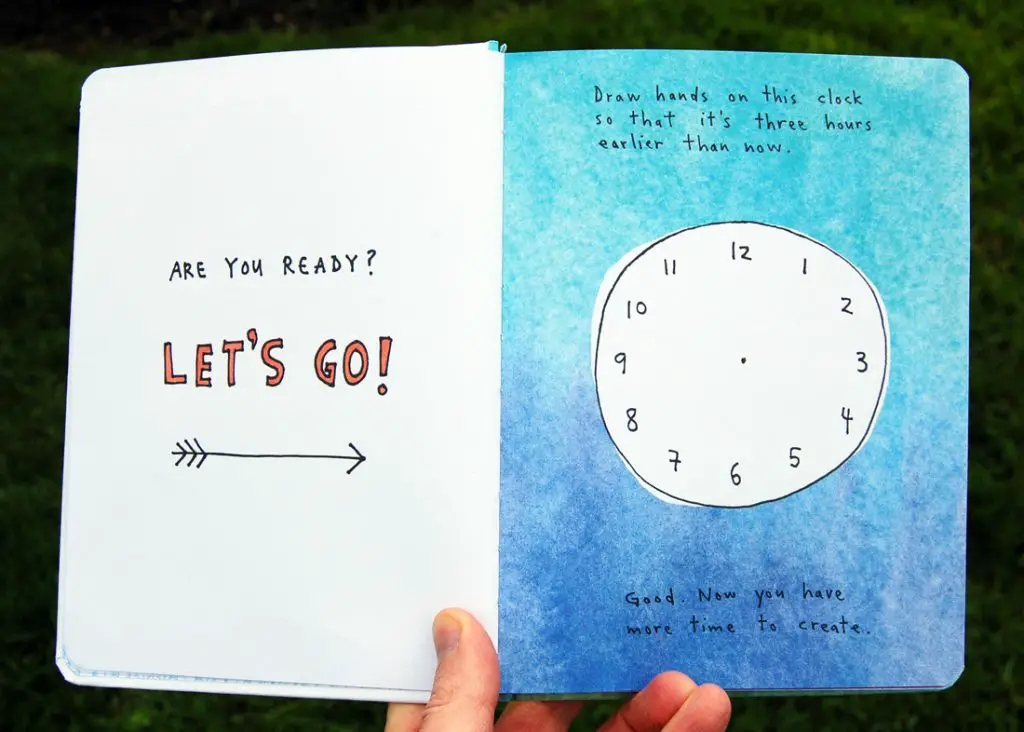
“A picture is worth a thousand words” is taken seriously in “The Daily Artist.” The journal takes a more artistic approach, where all responses to the prompts are drawings. Very rarely are letters and words used to respond to the prompts, and if they are utilized, the letters themselves must be composed of tiny designs. This option is good for those who are intimidated by having to solidify sensible concepts into words and phrases and are better at expressing themselves through drawing.
Marc Johns designs each page with light springtime colors, so the pages themselves don’t distract you from your contribution or creation. A simple prompt is written at the top, and the rest of the page is blank. “The Daily Artist consists of no such lines as seen in “The Memory Hoarder’s Journal” and “The Steal Like An Artist Journal,” leaving you plenty of space to work with. The journal is neither completely blank so that you have to start from scratch, nor full of step-by-step instructions on how to draw a certain picture like what is seen in most of the artistic journals out there. It has a balance for budding artists.
4. “Wreck This Journal”
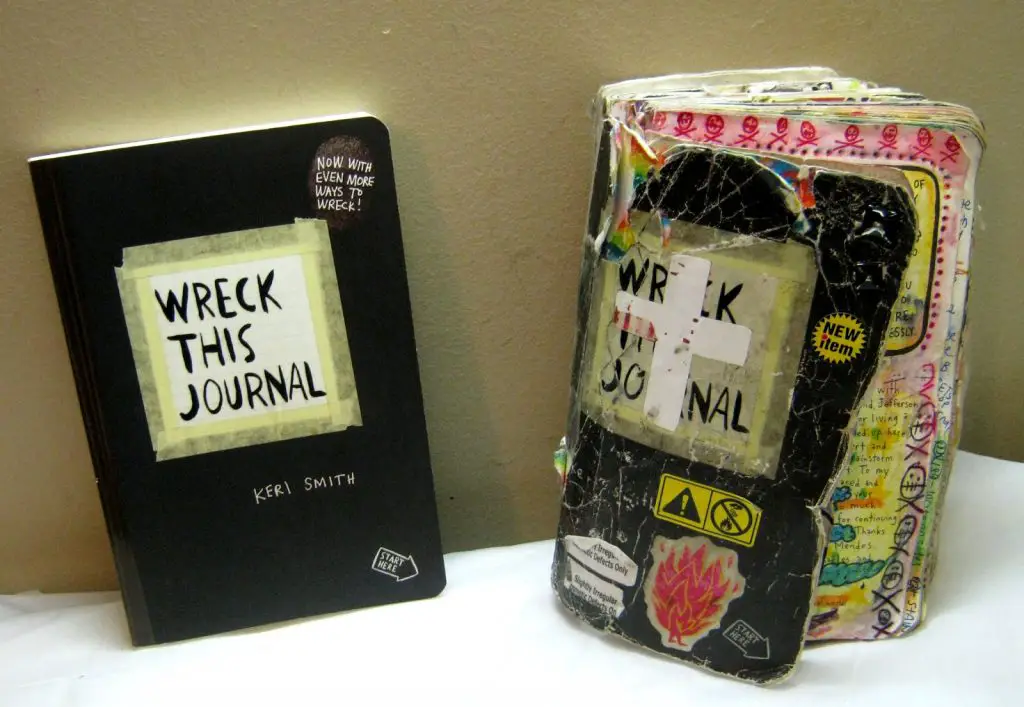
When it comes to “doing whatever you want,” you can’t get more literal than this journal. Keri Smith’s book differs from the rest because not only does it does utilize traditional methods of filling in the pages such as writing and drawing, but it also requires actual physical activities. One page tells you to draw a series of fat and skinny lines and another instructs you to “climb up high [and] drop the journal.” Similar prompts tell you to “bring the book into the shower,” and “stand here [on this page]. Wipe your feet, jump up and down.”
The journal could be seen as a type of adventure, only the adventure it brings is one within its own pages. As you go through each page, you discover how wacky and alternative this notebook gets, and how willing you are to go along with it. Grab this book if you want to explore less conventional ways of journaling, especially if you are an action-oriented person.


